There are several stark differences in playing Fire Emblem Engage compared to a playthrough of Fire Emblem Three Houses. In Three Houses, the main character, Byleth, becomes a school instructor who carefully manages their day to prepare their students and ensure everything goes smoothly. Fire Emblem Engage is a more traditional Fire Emblem gameplay, with a large map to explore, several pop-ups, and a new way to learn skills and unlock advanced classes. Here’s what you need to know about all the significant differences between Fire Emblem Engage vs. Fire Emblem Three Houses.
What are the differences between Fire Emblem Engage and Three Houses?
No teaching or time management
The big thing to know about Fire Emblem Engage is you do not have to worry about managing your time in-between battles. After you’ve finished a battle against enemies, you can continue playing through the story or veer off the beaten path to undergo a Paralogue or a Skirmish that has appeared on the map. Both of these side activities, and you don’t have to do them, are good ways to enhance your roster or locate critical resources for your party members.
Related: How the Wyvern Riding activity works in Fire Emblem Engage
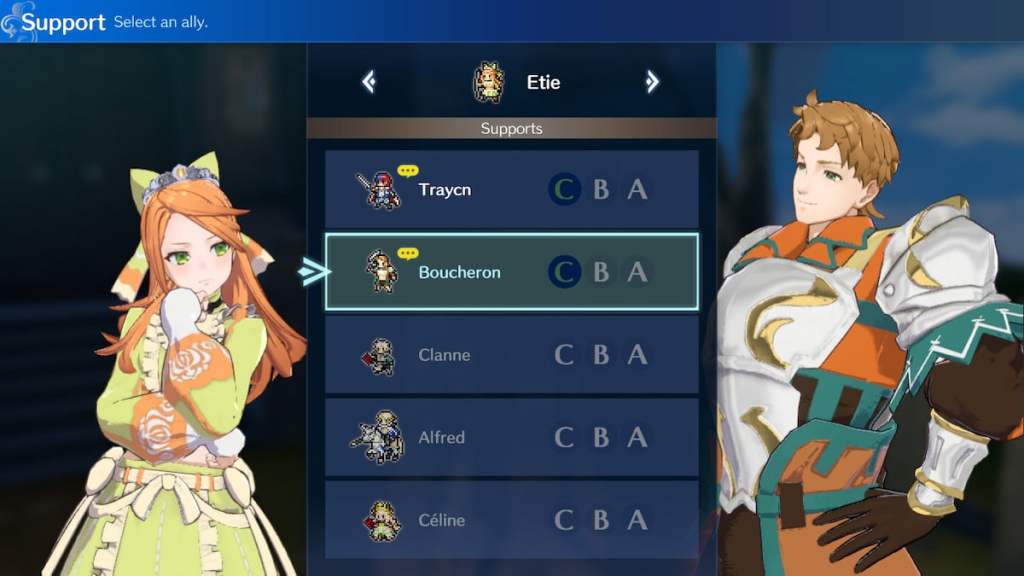
You can also return to Somniel, your home base, and freely speak to your party members hanging around the floating castle. They will mind their own business, and nothing is pressed for time. There’s no missing out on something or aligning a schedule for your squad that forces them to learn new skills in a set amount of time. Instead, you teach squad mates new skills by giving them Emblem Rings to use, building the bonds between that party member and the Emblem of Legend.
Open map exploration
Rather than having a list of assignments given to you that you have to pick from, Fire Emblem Engage has your party moving across the map to complete specific chapters. Some Paralogues can appear on the map that you can choose to accept, but these are optional pieces of content, along with the Skirmishes that appear. Skirmishes are battles with your party facing off against an army of enemies, giving your party experience points and resources. The map is relatively linear, so you only have a set pathway.

No calendar
This ties in with time management, but there is no monthly calendar counting down the days left until the end of the month. In Fire Emblem Three Houses, there was a big mission at the end of the month, progressing the story to the next central plot point. You don’t have to worry about calendars here, only the large map.
No classes to pick from at the start
Related: All playable characters and units in Fire Emblem Engage
Because your main character is not an instructor in Fire Emblem Engage, there are no classes to select with a small character pool set aside for you. In Three Houses, you had to pick one of three houses to become those students’ instructors, and you could potentially convince other students to join your house to create a larger roster. In Fire Emblem Engage, all party members are slowly given to you through the main story or through completing Paralogue missions.
Social activities take a backseat to combat
A major change between Fire Emblem Engage and Fire Emblem Three Houses is that the social aspects of getting to know the various characters have taken a back seat. Now, you’re still going to unlock support levels and conversations throughout your playthrough, but these are more casual, and it’s done in a much easier manner. Instead, you’re being thrown into combat far more frequently.
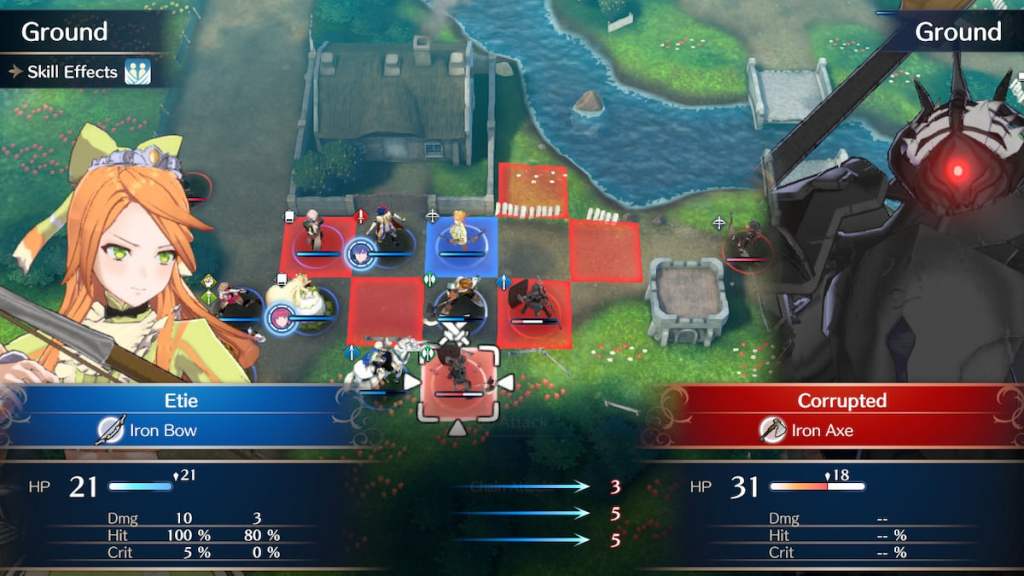
For Three Houses, you had to carefully plan time with select characters, especially if you wanted to romance them or add them as a playable character in your roster. It’s a drastic change, but for those who love Fire Emblem content, it throws you right at the meat of the game.



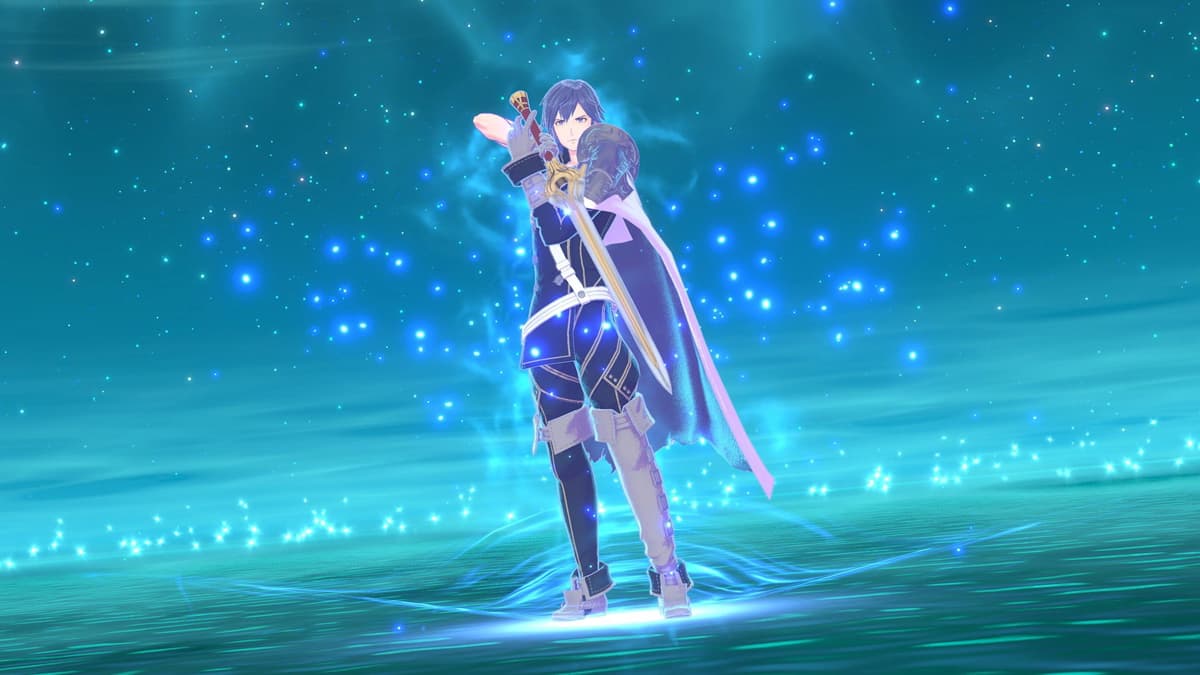
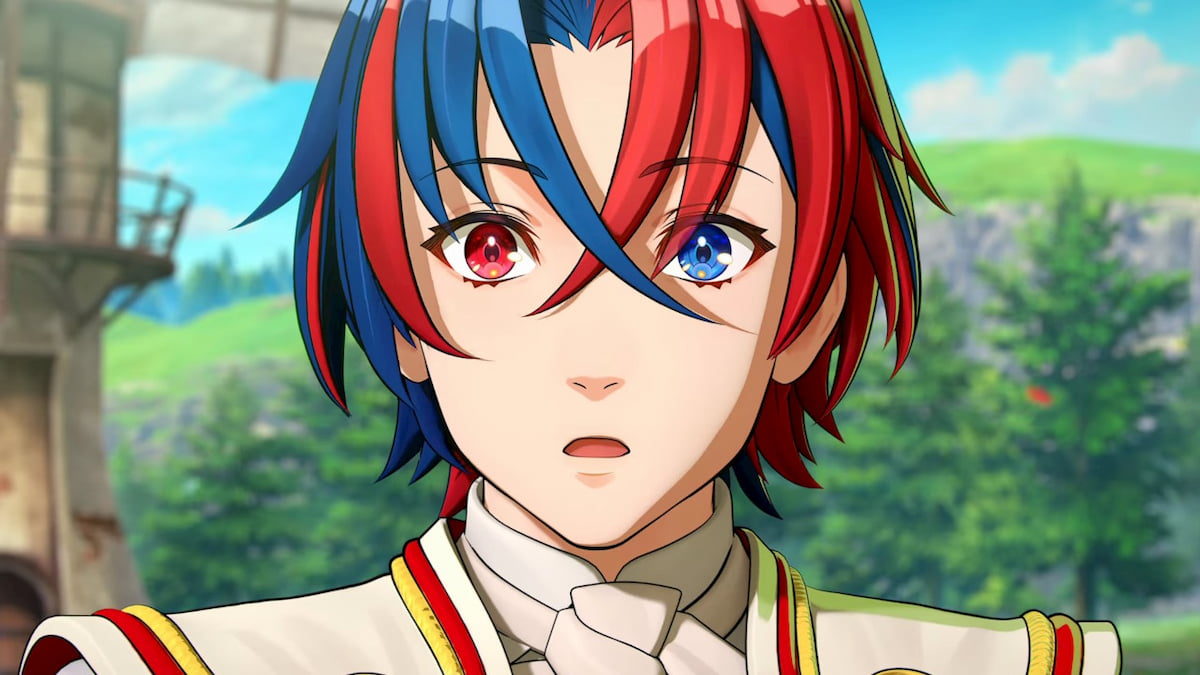

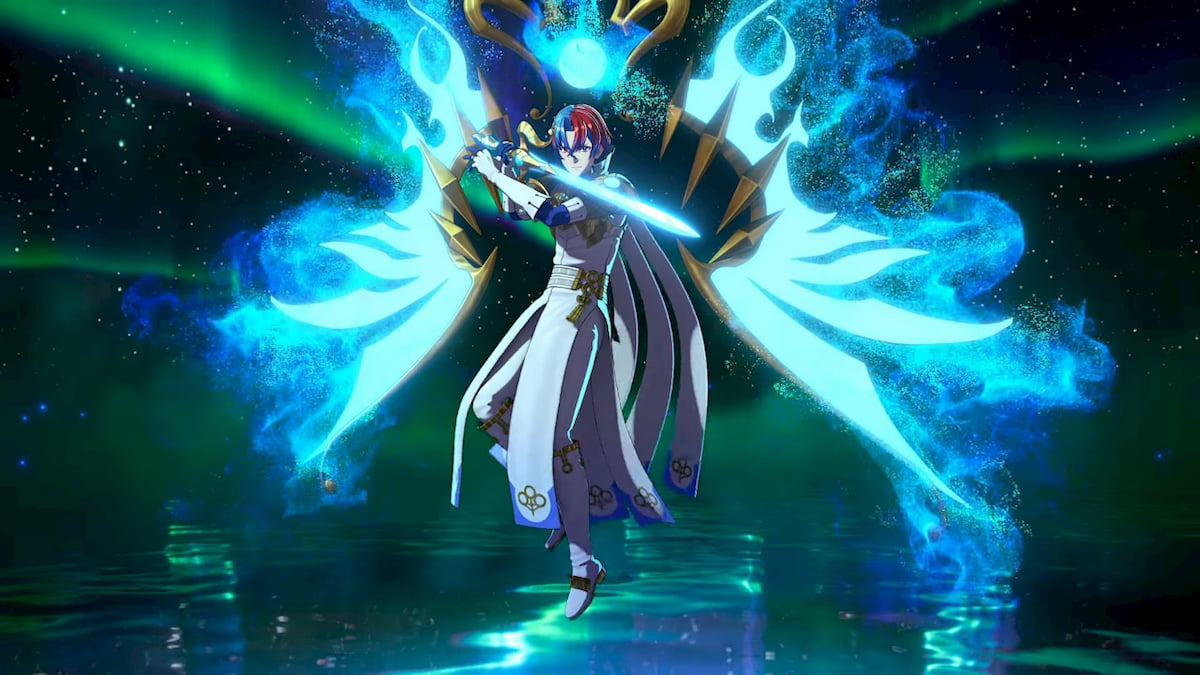
Published: Jan 20, 2023 05:37 pm